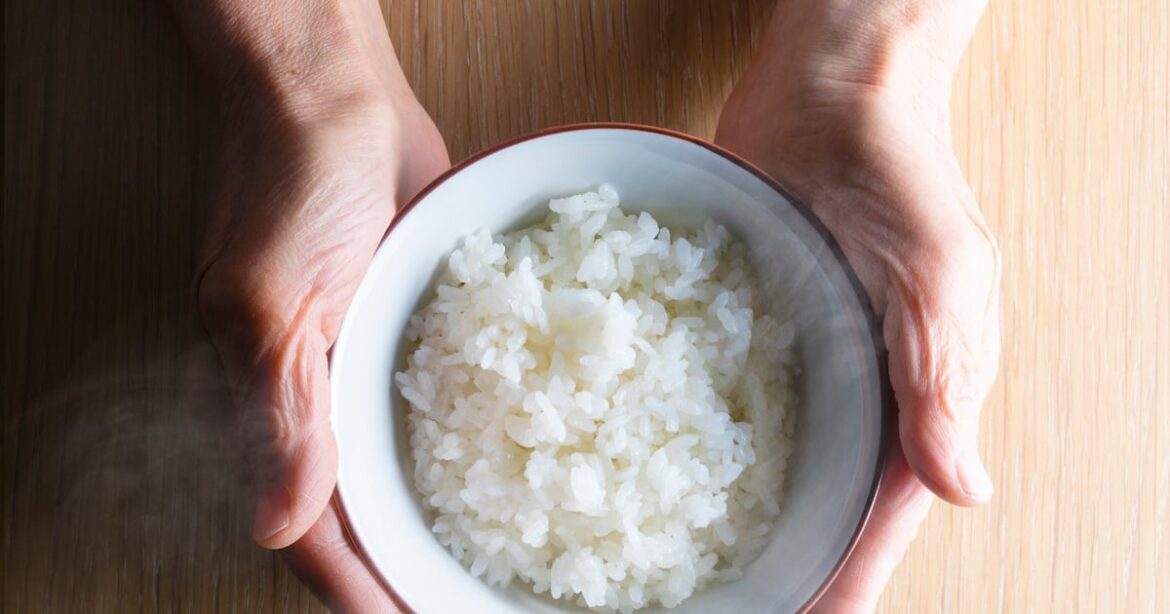Addressing reporters at a press conference on July 29, Minister of Agriculture, Forestry and Fisheries of Japan, Shinjirō Koizumi, stressed that there would be no disruption to local producers.
He highlighted that the imported minimum access (MA) rice from the United States rice will not be used as staple food and that the total volume of rice in the market will not increase.
“I’ll say it again: we want farmers to feel reassured. The total volume of rice will not increase. It will not be brought in as staple rice,” he said.
Instead, the US imports will be used to make processed products such as miso.
“We have received requests from makers of miso and other processed foods, who have long relied on MA rice, asking us to ensure stable supply, including through MA rice,” said Koizumi.
Additionally, he assured that the country will balance imports to ensure it does not end up with excessive amounts of US-imported rice.
“We didn’t use the phrase ‘in line with demand,’ but we did use the expression ‘taking supply and demand conditions into account.’ At the same time, we’ve already been operating in this way — for example, by moving forward MA rice imports and increasing the share of medium-grain varieties.”
On July 23, the US and Japan agreed that Japan would increase its imports of US rice by 75% with “a major expansion of import quotas”.
Japan will also purchase US$8bn US goods, including corn, soybeans, fertilizer, bioethanol, and sustainable aviation fuel.
This agreement was part of trade and investment agreements following tariff talks between the two nations.
“That we were able to protect what needed to be protected — I think it’s worth repeating. This is a message I really want to communicate clearly to those on the production frontlines,” said Koizumi.
Deal respects WTO rules
With this new agreement, Japan will still be operating within the World Trade Organisation (WTO) rules, as Japan will import its rice based on domestic supply and demand.
“We are firmly abiding by such international rules, and ultimately, the decision on where to procure rice is Japan’s to make. Within that framework and the scope of this negotiation agreement, we will do everything we can,” said Koizumi.
He elaborated: “Regarding the agreement with the United States on rice, it falls under the framework of minimum access rice. The policy is to ‘secure the necessary procurement of rice while taking into account Japan’s rice supply and demand situation within the framework of the MA system.’
“I understand that this approach has also been communicated to the US side. Imports of MA rice have been carried out in accordance with WTO rules up to now, and we intend to continue responding in line with international rules going forward.”
No impact on other import partners
With the new US deal, Japan will coordinate carefully to avoid disrupting existing rice import from other countries.
Currently, Japan imports rice from Australia and Thailand, to produce awamori, a distilled alcoholic beverage unique to Okinawa.
“As for awamori producers specifically, we’ll need to continue monitoring the situation to identify any future concerns. But at this point, I want to make it clear that the kind of concerns and anxieties… have not been raised with us,” said Koizumi.


AloJapan.com